Urban Edible Landscapes: Transforming Your Yard into a Food Paradise

Embracing Urban Edible Landscaping
Hey there, friend! Have you ever thought about transforming your urban yard into a beautiful and productive edible landscape? It's not only a fantastic way to grow your own fresh and healthy food, but it can also bring a sense of joy and accomplishment that's hard to beat. In this blog post, we'll explore various methods to turn your small urban yard into a food paradise, combining vegetables, herbs, and fruits with ornamentals, using vertical gardening techniques, and maximizing space with high-density planting methods. Are you ready? Let's dive in!
Integrating Edibles with Ornamentals: A Beautiful and Productive Space
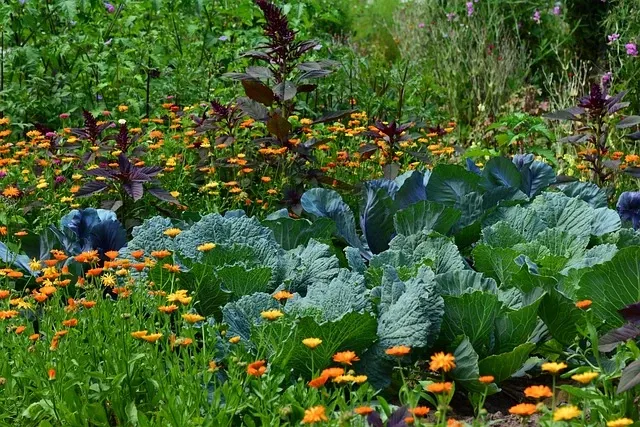
If you're worried that growing edibles in your yard might not look as attractive as a traditional garden, fear not! Many edible plants can be just as beautiful as their ornamental counterparts, and integrating them together can create a stunning and functional garden. One of the keys to achieving this is to select visually appealing edible plants that can be easily incorporated into existing gardens.
- Perennial herbs like lavender, rosemary, and sage are not only great for cooking, but they also add fragrance and color to your garden. [Mid-journey prompt: Show examples of these herbs being used in a garden]
- Leafy greens with attractive foliage such as rainbow chard and kale can be used as border plants or mixed in with your ornamentals to add a pop of color and texture.
- Edible flowers like nasturtiums, calendula, and borage can add vibrant hues to your garden while providing a tasty treat for your salads.
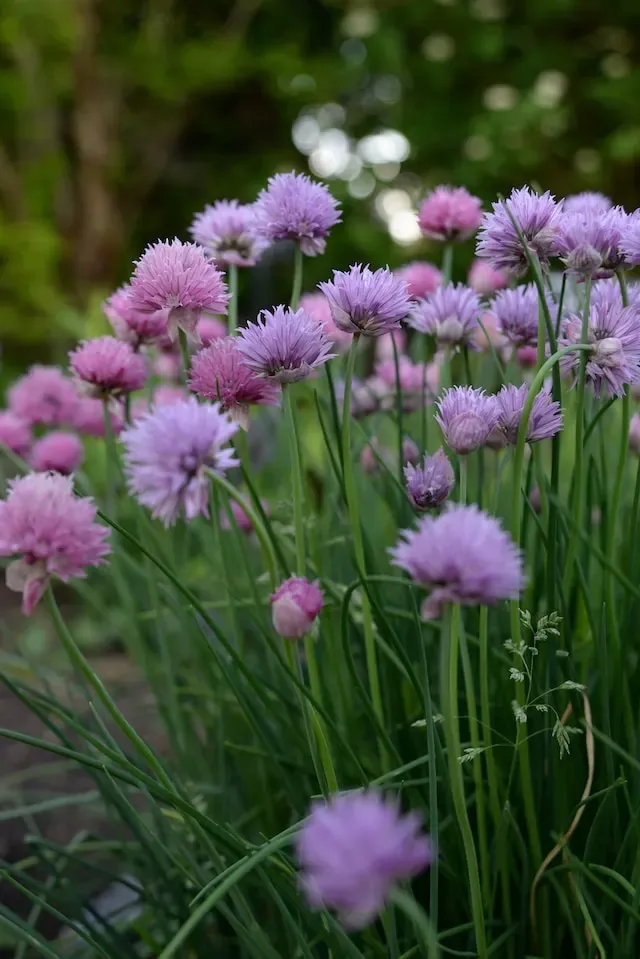
- Don't forget about fruit trees and berry bushes! Many of them have beautiful blooms in the spring and can add structure to your garden. For example, consider planting an espaliered apple or pear tree along a fence or a dwarf variety in a pot on your patio.
Vertical Gardening: Reaching for the Sky
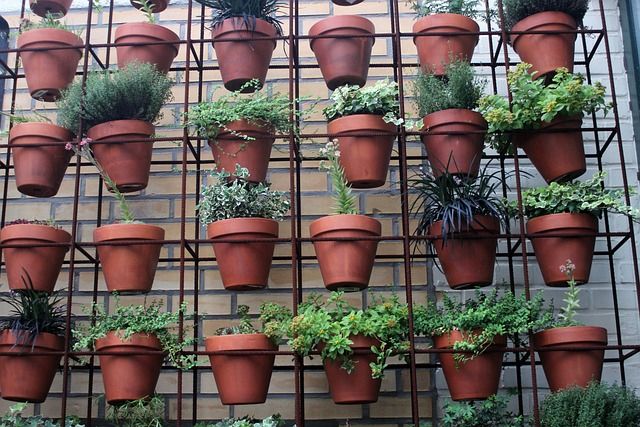
- When space is limited in an urban setting, it's time to think vertically! Vertical gardening is a great way to grow edibles in a small space while adding visual interest to your garden. There are several ways to create a vertical garden:
- Trellises and climbing structures: Train climbing plants like beans, peas, cucumbers, and even some varieties of tomatoes to grow up a trellis or other structure.
- Living walls: Attach planters to a wall or fence and plant herbs, strawberries, or even small leafy greens in them. You can even use repurposed materials like pallets or gutters for a unique and eco-friendly touch.
- Tiered planters: Stack planters or pots in a pyramid shape to maximize growing space and create an eye-catching display.
High-Density Planting: Making the Most of Your Space
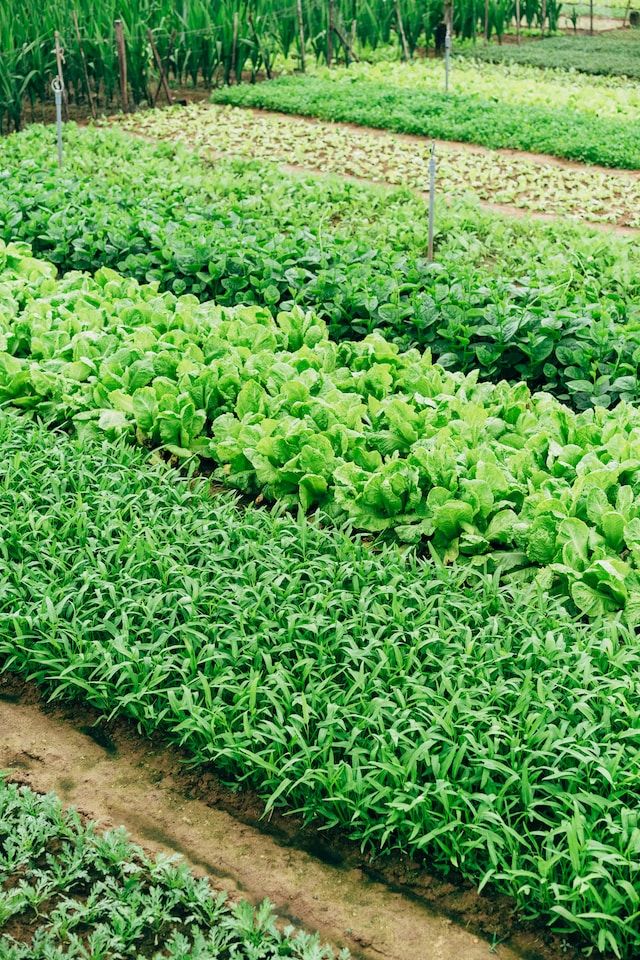
High-density planting is all about making the most of your available space by planting crops close together. This method can not only help you grow more food in a small area, but it can also reduce the need for weeding and minimize water evaporation from the soil. Here are some tips for successful high-density planting:
- Choose compatible plants: Some plants can be grown closer together because they don't compete for the same resources. For example, consider planting quick-growing radishes near slower-growing carrots, or grow lettuce beneath taller plants like tomatoes.
- Succession planting: As soon as one crop is harvested, plant another crop in its place. This way, you'll have a continuous supply of fresh produce throughout the growing season.
- Square foot gardening: This method involves dividing your garden into square-foot sections and planting crops according to their space requirements. This approach can help you maximize your growing area while keeping your garden organized and manageable.
Incorporating Permaculture Principles for a Sustainable Food Paradise

Permaculture is a holistic design system that aims to create sustainable and self-sufficient ecosystems. By incorporating permaculture principles into your urban edible landscape, you can create a garden that not only produces food but also supports biodiversity and improves soil health. Here are some permaculture principles to consider when designing your urban food paradise:
- Observe and interact with your garden: Spend time observing your garden's microclimates, sun patterns, and soil conditions to make informed decisions about plant selection and placement.
- Capture and store energy: Utilize techniques like rainwater harvesting, composting, and mulching to conserve resources and create a more self-sufficient garden.
- Stacking functions: Choose plants that serve multiple purposes, such as those that provide food, attract pollinators, or fix nitrogen in the soil. This can help you make the most of your limited space while creating a more resilient ecosystem.
Conclusion: Your Own Urban Food Paradise Awaits
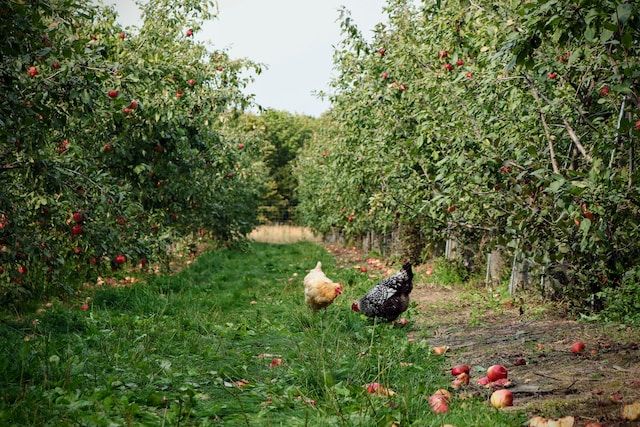
So there you have it, friend! By integrating edibles with ornamentals, using vertical gardening techniques, and maximizing space with high-density planting methods, you can transform your urban yard into a productive and visually appealing food paradise. Don't forget to incorporate permaculture principles for a more sustainable and resilient garden.
Whether you're a seasoned gardener or just starting, there's always something new to learn and try. Check out some of our other blog posts for more inspiration and practical tips:
- 10 Tips and Tricks for Growing Fruit Trees in Pots
- The Science Behind Healthy Soil: Understanding the Role of Microorganisms in Plant Health and Nutrition
- The Truth About Organic vs. Traditional Gardening
- From Lawn to Garden: How Planting Food Can Enhance Your Security and Independence
Remember, creating an urban edible landscape takes time, patience, and experimentation. But with each new plant you grow and every delicious harvest you enjoy, you'll be well on your way to transforming your small urban yard into a true food paradise. Happy gardening!
